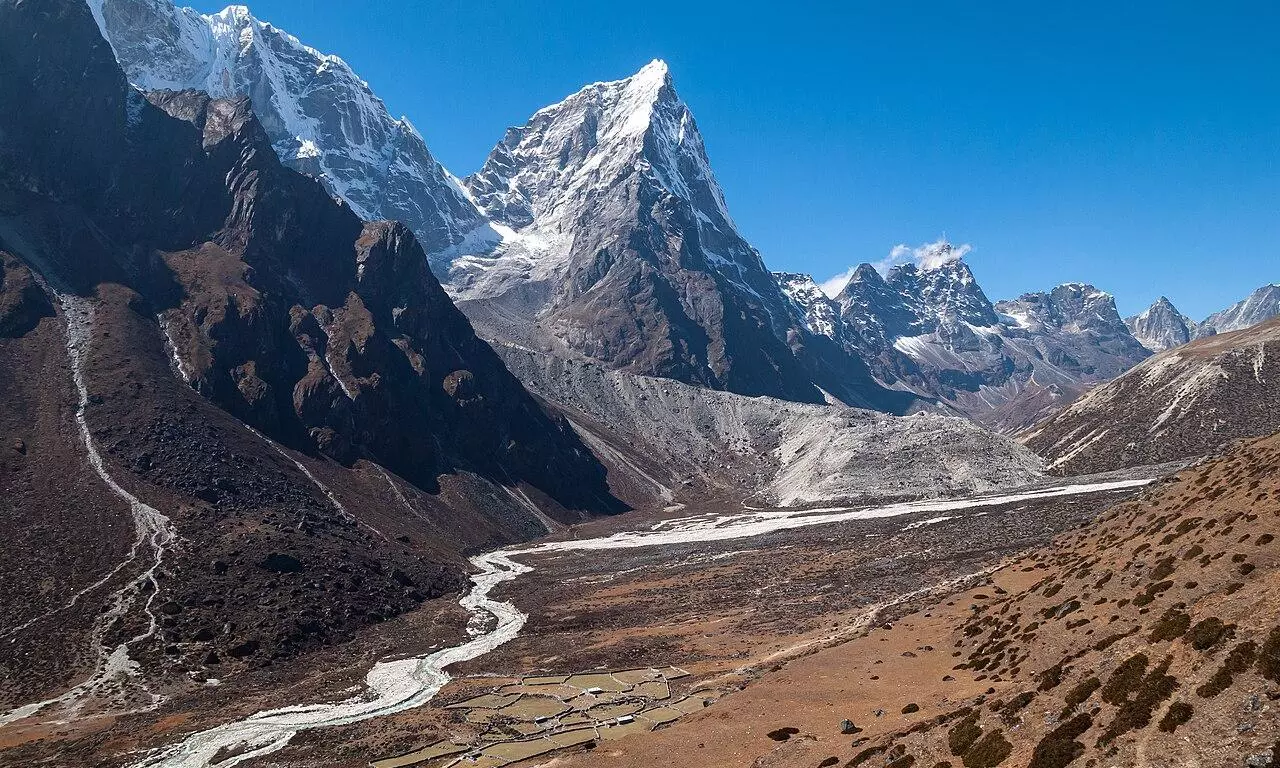
- Home
- India
- World
- Premium
- THE FEDERAL SPECIAL
- Analysis
- States
- Perspective
- Videos
- Sports
- Education
- Entertainment
- Elections
- Features
- Health
- Business
- Series
- In memoriam: Sheikh Mujibur Rahman
- Bishnoi's Men
- NEET TANGLE
- Economy Series
- Earth Day
- Kashmir’s Frozen Turbulence
- India@75
- The legend of Ramjanmabhoomi
- Liberalisation@30
- How to tame a dragon
- Celebrating biodiversity
- Farm Matters
- 50 days of solitude
- Bringing Migrants Home
- Budget 2020
- Jharkhand Votes
- The Federal Investigates
- The Federal Impact
- Vanishing Sand
- Gandhi @ 150
- Andhra Today
- Field report
- Operation Gulmarg
- Pandemic @1 Mn in India
- The Federal Year-End
- The Zero Year
- Science
- Brand studio
- Newsletter
- Elections 2024
- Events
- Home
- IndiaIndia
- World
- Analysis
- StatesStates
- PerspectivePerspective
- VideosVideos
- Sports
- Education
- Entertainment
- ElectionsElections
- Features
- Health
- BusinessBusiness
- Premium
- Loading...
Premium - Events

Geologists say China, India, Nepal and Bhutan, which share the Himalayas, must sit together and carefully assess the geological impact of rampant dam building
The powerful earthquake that shook Tibet on Tuesday (January 7) is sure to intensify worries over China’s plans to commission a huge hydroelectric project in the Himalayan region close to the Indian border. News agency Reuters has already reported more than 50 deaths but the toll could rise because the Chinese media has acknowledged that many of those injured are in a serious condition.
The dam that China has said it wants to go ahead with in the lower reaches of the Yarlung Tsangpo is likely to produce 60,000 MW of hydropower — like the country’s other mega hydropower project, the Three Gorges Dam.
China’s Himalayan plan
China last month announced the approval of this huge dam at a point near Tibet’s border with India, where the Yarlung Tsangpo turns left and sharply drops before it flows into Arunachal Pradesh, where it is called the Siang. As it enters Assam, it becomes the Brahmaputra and, as it is flows into Bangladesh, it is called the Jamuna, which then flows into the Bay of Bengal.
India has already voiced much concern over this mega-dam on the Tibetan plateau in view of the perceived serious implications for India’s national security and the ecology of Indian and Bangladeshi states, affecting millions. Hydrologists have flagged the possibilities of both a water scarcity downstream and severe flash floods, especially if China wants to leverage “a water bomb” during a war.
Also read: Tibet earthquake: Death toll rises to 53; tremors felt in Nepal, India
Dammed rivers
Some in India want to counter the Chinese dam by building one on the Siang. The Deputy Chief Minister of Arunachal Pradesh, Chowna Mein, told media house NDTV recently that the proposed “Siang Dam” in the state will “counter” the Chinese mega project. The Upper Siang Hydropower Project is a proposed dam on the Siang in the Upper Siang district of Arunachal and can produce up to 11,000 MW of electricity.
Both China and India are trying to tap the massive hydropower potential of Tibet and Arunachal Pradesh with plans for a large number of dams to augment their clean power generation to drive down carbon emissions and effectively handle climate change. Nepal and Bhutan have also built many big dams to boost their hydropower generation, revenues from which are crucial to their economies.
What about the geological impact?
But geologists say that all four countries that share the Himalayas — China, India, Nepal and Bhutan — now need to sit together and carefully assess the geological impact of rampant dam building. This dialogue should be without rancour and focussed on actual possibilities.
That is especially because the multiple earthquakes rocking Tibet near the holy city of Shigatse on Tuesday have raised a more dangerous possibility that one geologist described as an “on-land tsunami” — a possible dam collapse or huge cracks after earthquake(s) that could unleash huge volumes of water and wipe out many downstream locations.
Also read: China’s super dam on Brahmaputra: Why it's a geopolitical challenge and concern for India
Seismic shocks
A major earthquake is usually followed by micro-tremors but on Tuesday, the Tibet plateau was hit by six earthquakes within an hour, the strongest of them measuring 7.1 on the Richter scale. The one that came soon after measured 6.8. Then came two aftershocks of 4.7 and 4.9 intensity — all from the same area.
The epicentre was located where the Indian and Eurasian plates clash and cause uplifts in the Himalayan mountains, strong enough to change the heights of some of the world’s tallest peaks.
According to China’s state broadcaster CCTV, there have been 29 earthquakes of magnitudes of 3 or more within 200 km of Shigatse city in the past five years, all of which were smaller than the one that struck on Tuesday morning.
Four countries jolted
Geologists say that since China is admitting to such a high frequency of seismic activity in Tibet, it should seriously reconsider its plans to commission the mega-dam on Yarlung Tsangpo. China claims the project will pose no ecological hazard for the Himalayan region or cause other problems for downstream countries, as it has undertaken detailed studies over the past decades. But after Tuesday’s earthquakes, geologists feel the studies just may not be good enough. That’s because the impact zone was quite widespread.
Several buildings also collapsed near the epicentre, according to Chinese media. “Dingri county and its surrounding areas experienced very strong tremors, and many buildings near the epicentre have collapsed,” CCTV said.
Strong tremors were felt in Delhi-NCR and various parts of North India, including Bihar’s capital Patna and multiple locations in the northern part of the state. The earthquake was also felt in West Bengal and the northeastern states, including Assam.
In Nepal’s capital Kathmandu, residents reportedly ran out of their houses after strong tremors, as was the case in many towns of Bhutan.
(The Federal seeks to present views and opinions from all sides of the spectrum. The information, ideas or opinions in the articles are of the author and do not necessarily reflect the views of The Federal)


